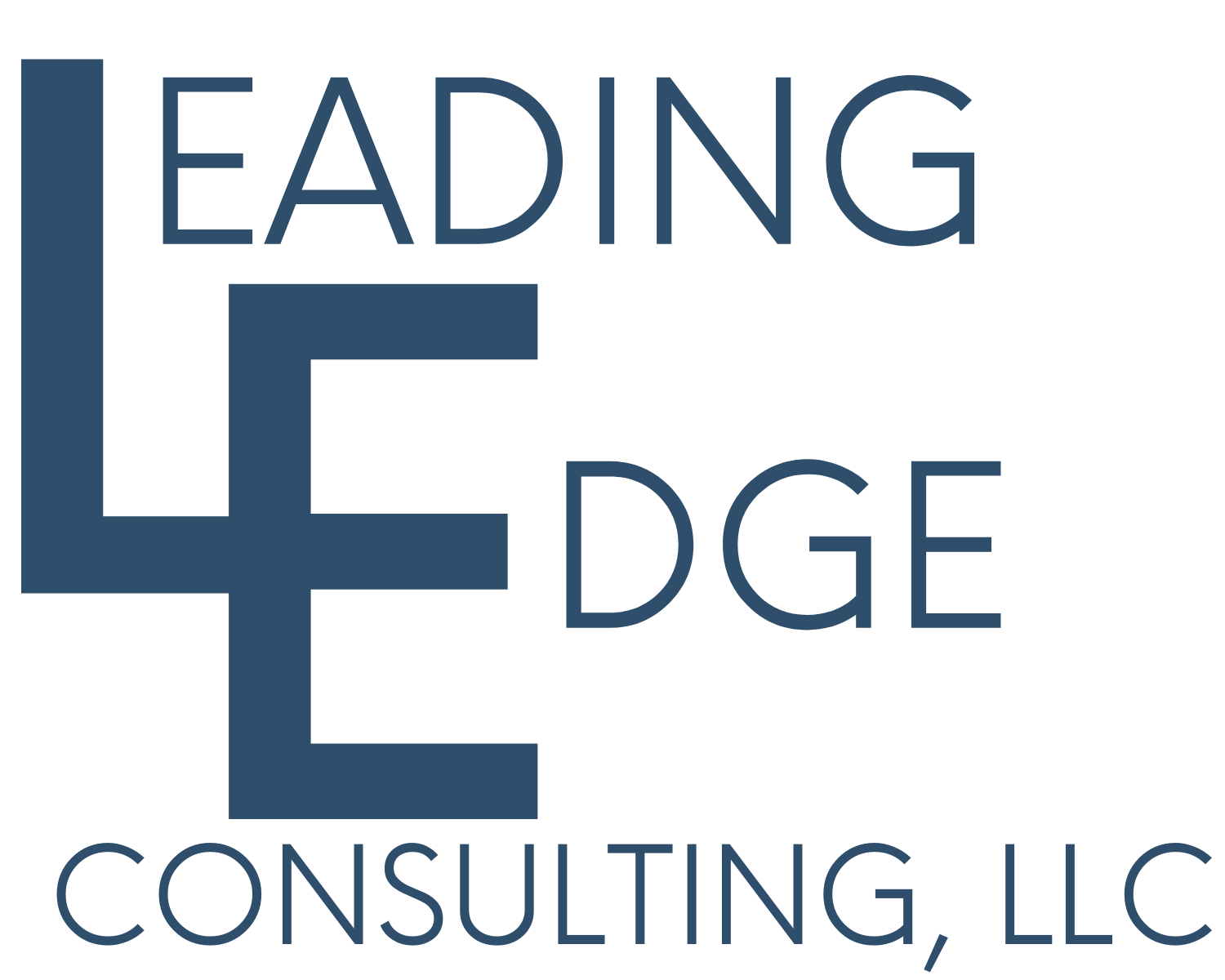Striking a Balance
Striking a Balance: Navigating the Interplay Between Safety and Compliance in Fleets
This article aims to unravel the difference between safety, freedom from risk, and compliance adhering to standards or guidelines.
Safety: Freedom from risk. An approach to help reduce risk
Safety embodies a commitment that strives to mitigate risks and prioritize the well-being of people, equipment, and cargo. A safety-oriented organization strives to implement measures to reduce risk.
Aspects of Safety:
Risk Mitigation:
Identify potential hazards and implement measures to mitigate risks when practical. This could involve training programs, technology, or policies that reduce or eliminate the hazard.
Review and Analyze:
Safety is dynamic and evolving. Reviewing policies, technology, training, and educational programs to determine if they are effective and achieve the desired result can help drive results. Review company outcomes and determine if changes, adjustments, or elimination of the process, technology, or programs are necessary to achieve the desired results.
Driver Well-being:
Considering driver well-being can help drive success. This can include fatigue management, providing training, and fostering a culture that promotes mental and physical health.
Compliance: Adhering to Standards
Compliance is the adherence to prescribed regulations or guidelines. Compliance represents the standard to which the company agrees to follow or maintain. Striving to comply with Federal and State regulations can be challenging but we are here to help! LEC, LLC can help maintain compliance as we have over 50 years of combined experience in the trucking industry.
Aspects of Compliance:
Regulatory Adherence:
Compliance involves adherence to regulations. This includes following Hours of Service (HOS) regulations, maintaining Driver Qualification files, maintaining proper vehicle maintenance records, and striving to ensure vehicles and drivers are following FMCSR's and state laws.
Avoiding Fines & Penalties:
Non-compliance could result in fines, penalties, and potential disruptions to operations. Organizations that strive to stay on top of regulatory changes and ensure their policies align with evolving guidelines can avoid costly fines or penalties.
Recordkeeping and Documentation:
Compliance may require recordkeeping, including driver logs and maintenance records. This documentation demonstrates adherence to regulatory standards during audits or inspections.
Striking a Balance: The Interplay Between Safety and Compliance
While safety and compliance are distinct, these are interconnected elements that, when harmonized, can create a robust return on the investment. The challenge lies in striking a balance – ensuring compliance with regulatory requirements while reducing the risk of damage or injury.
Balancing Safety and Compliance:
Training Programs:
Working with LEC, LLC, to develop customized training programs covering safety, compliance, and best practices. This strives to have drivers who are knowledgeable in regulatory requirements and proactive safety measures.
Technology Adoption:
Leveraging technologies like FleetFidelity may help enhance both safety and compliance. FleetFidelity not only tracks compliance events and metrics but also provides real-time data for full-fleet safety management.
Cultivating a Safety Culture:
Instilling a safety mindset within the company. Encourage reporting of safety concerns, provide safety meetings, and recognize and reward safety achievements to reinforce the importance of safety beyond compliance.
Building a Foundation for Operational Excellence
Organizations should recognize the relationship between safety and compliance. While compliance forms the regulatory framework, safety elevates operations to a level of excellence beyond regulations. By striking a balance, fleets can build a foundation for operational integrity, ensuring compliance and a commitment to safety.
